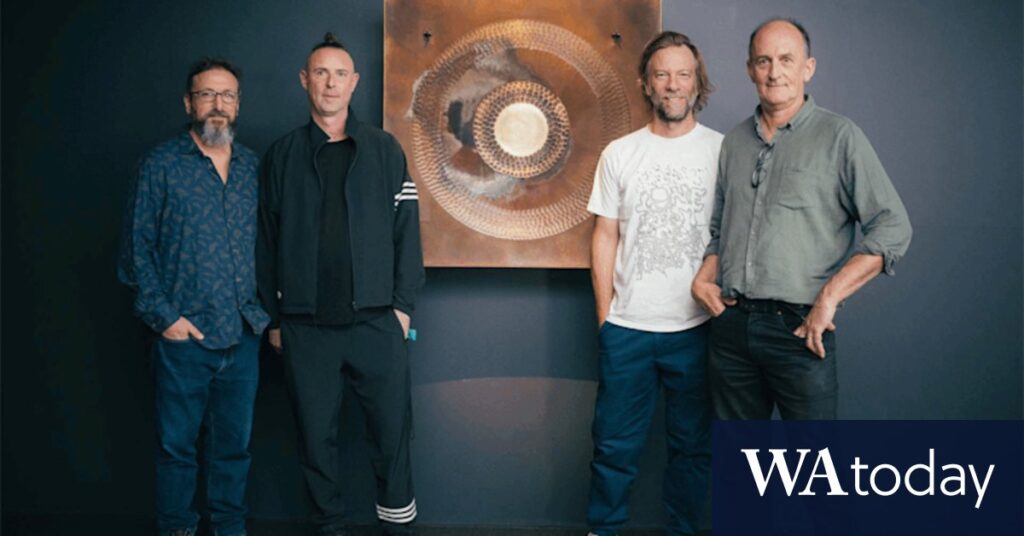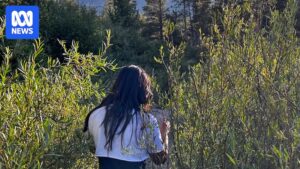
Perth, one of the world’s most isolated cities, has unexpectedly become a global focal point where art and science intersect, raising profound ethical questions about life and sentience. At the heart of this exploration is SymbioticA, an artistic laboratory embedded within the University of Western Australia’s School of Anatomy and Human Biology. Founded 25 years ago, SymbioticA has been pushing the boundaries of what is possible—and acceptable—in the realm of bioart.
“We are in uncharted territory. These are not conversations that can be left just to scientists or corporations,” said Oron Catts, co-founder of SymbioticA. The lab’s projects have continually challenged the status quo, from growing a miniature jacket from mouse stem cells to creating a micro replica of artist Stelarc’s ear using human and animal cells. These groundbreaking works prompt audiences to confront uncomfortable questions about the ethics of manipulating life.
The Intersection of Art and Science
SymbioticA’s projects often sound like they are drawn from science fiction. Imagine the cells of a late composer “playing” music in a gallery, or pig bones sculpted into the shape of wings. Yet, these are real experiments conducted in Perth. Dr. Stuart Hodgetts, a neuroscientist at UWA and one of SymbioticA’s scientific advisors, has been involved from the beginning. “My role was to be a sounding board and to advise on what we could do to help. They’d come to me with ideas that were provocative, often outrageous,” he said.
The lab’s mission is to bring artists into the scientific realm, allowing them to work with living matter and explore the ethical implications of their creations. In 2003, SymbioticA became the first team in the world to grow and eat lab meat. In 2008, they exhibited a miniature jacket made from living mouse cells at New York’s Museum of Modern Art, which had to be “killed” when it grew too fast and began to deform.
Revivification: A New Frontier
One of the latest projects to emerge from SymbioticA is “Revivification,” showcased at the Art Gallery of Western Australia. This installation features the living cells of the late composer Alvin Lucier, raising questions about the nature of life and sentience. “It’s potentially confronting for people to think about, but it’s important to stimulate that discussion and the idea of agency beyond death,” said Gingold, who engineered the installation.
Gingold described the emotional attachment he and his team developed with the cells, particularly a cluster known as “Dish Eight.” “We kind of, weirdly, unscientifically, formed a relationship with Dish Eight,” he admitted. The project highlights how human empathy can sometimes outpace scientific definitions, challenging our understanding of life and consciousness.
Ethical Implications and Future Prospects
SymbioticA co-founder Ionat Zurr is now exploring one of the most sensitive frontiers: artificial placentas. This research could one day save extremely premature babies but also opens a Pandora’s box of ethical questions. “I don’t know what it means to a human to be born out of a machine. It’s a new frontier, and we have to tread carefully,” Zurr said.
Meanwhile, the global conversation around bioethics continues to expand. Last month, Catts organized the international Politics of the Machine conference in Perth, drawing speakers from around the world. Neuroscientist Brett Kagan, chief scientific officer of Melbourne start-up Cortical Labs, was among the keynote speakers. His work on “bio computers” echoes the themes explored at SymbioticA, as his team has taught neurons to play the game Pong, raising about $10 million in the process.
“We don’t understand enough to be making a call as scientists, let alone politicians or policymakers,” Kagan said, emphasizing the need for ongoing dialogue rather than premature regulation.
Despite its global influence, SymbioticA has struggled for recognition in Australia. “Australia doesn’t really see art as important, which is frustrating, but it also gave us freedom,” Catts noted. Yet, the lab’s work has been cited in European Commission policy papers and the US Congress, underscoring its international impact.
As SymbioticA enters a period of “hibernation” following its closure at UWA in June 2024, discussions are underway to reopen the lab at the Art Gallery of Western Australia next year. This move ensures that Perth remains at the forefront of bioethical exploration, challenging the world to consider not just what is possible, but what is right.







